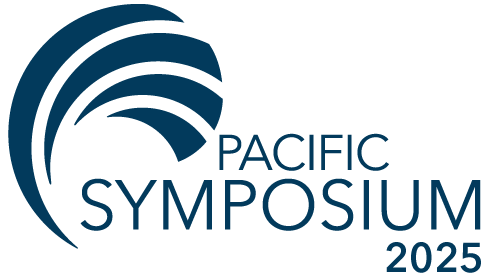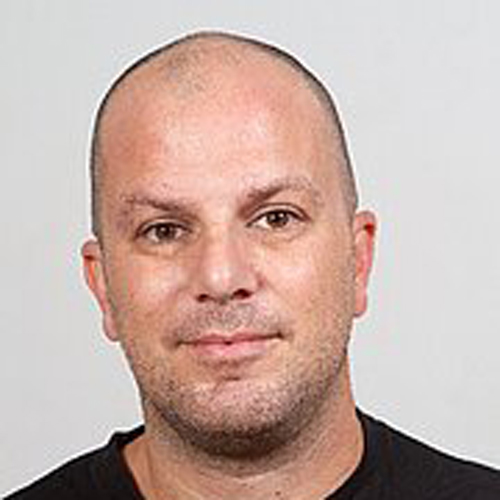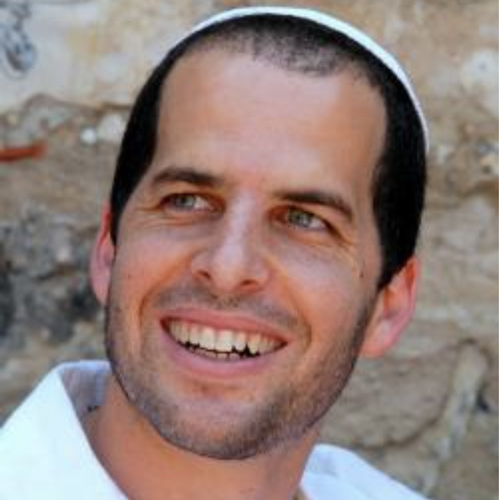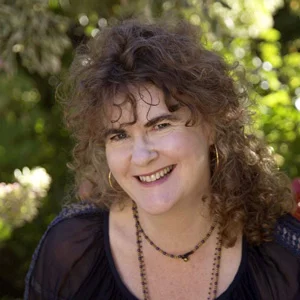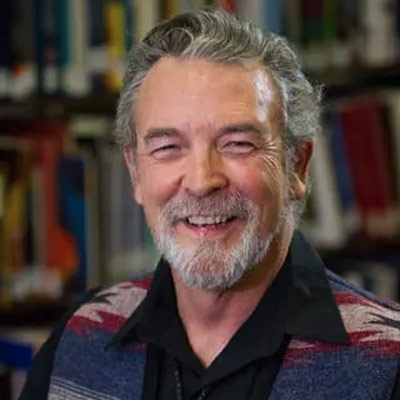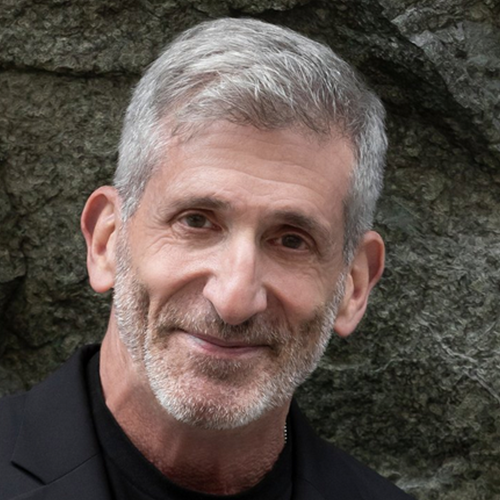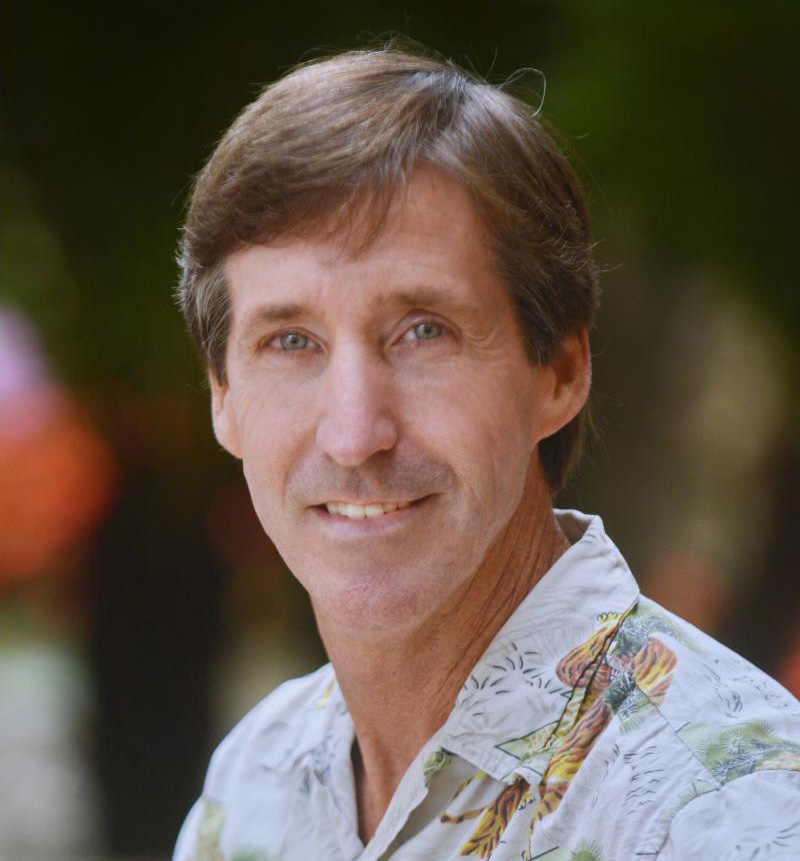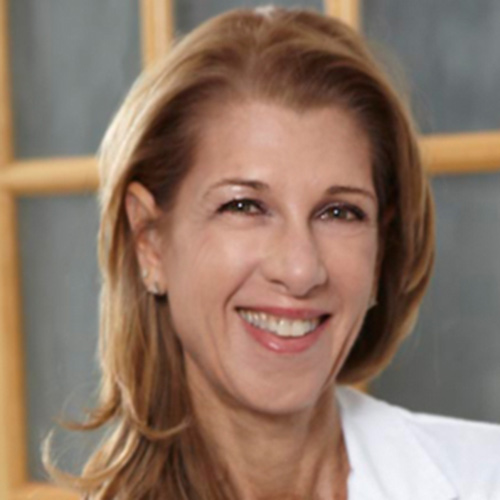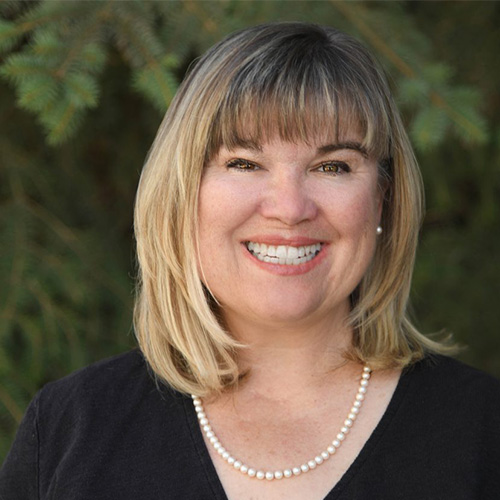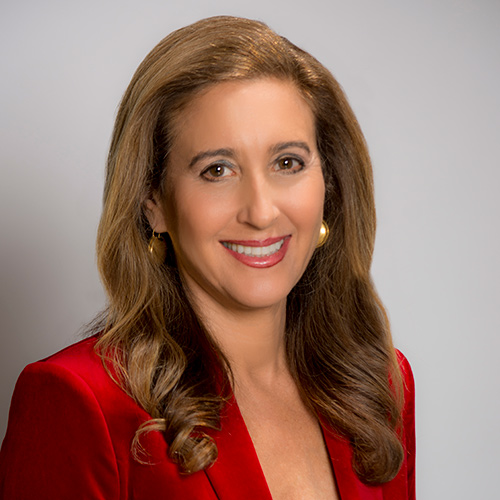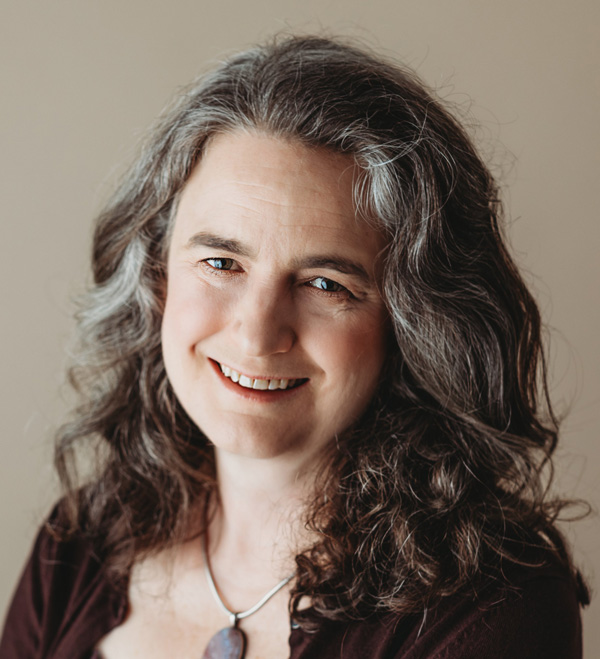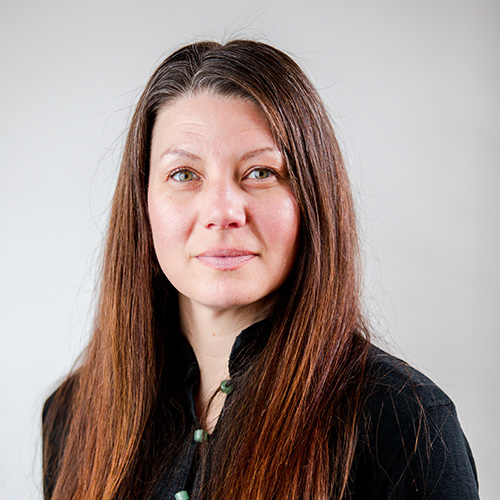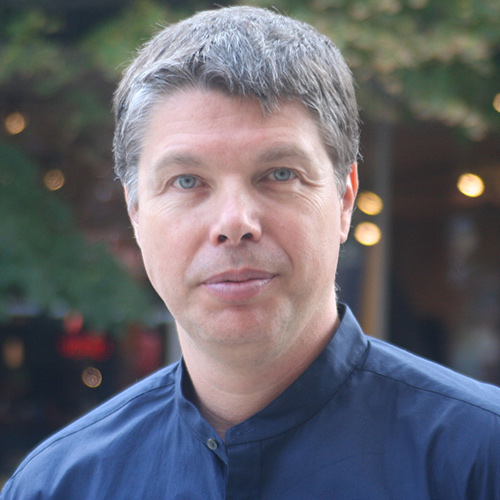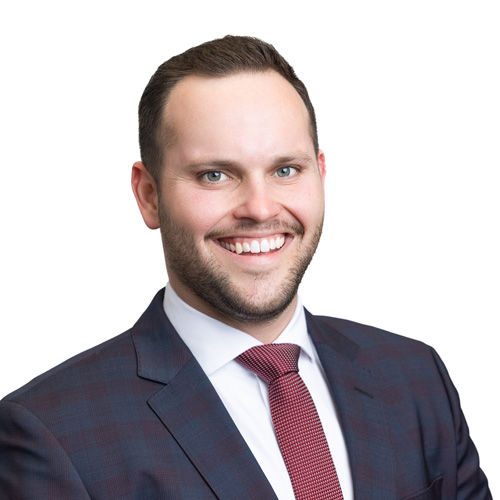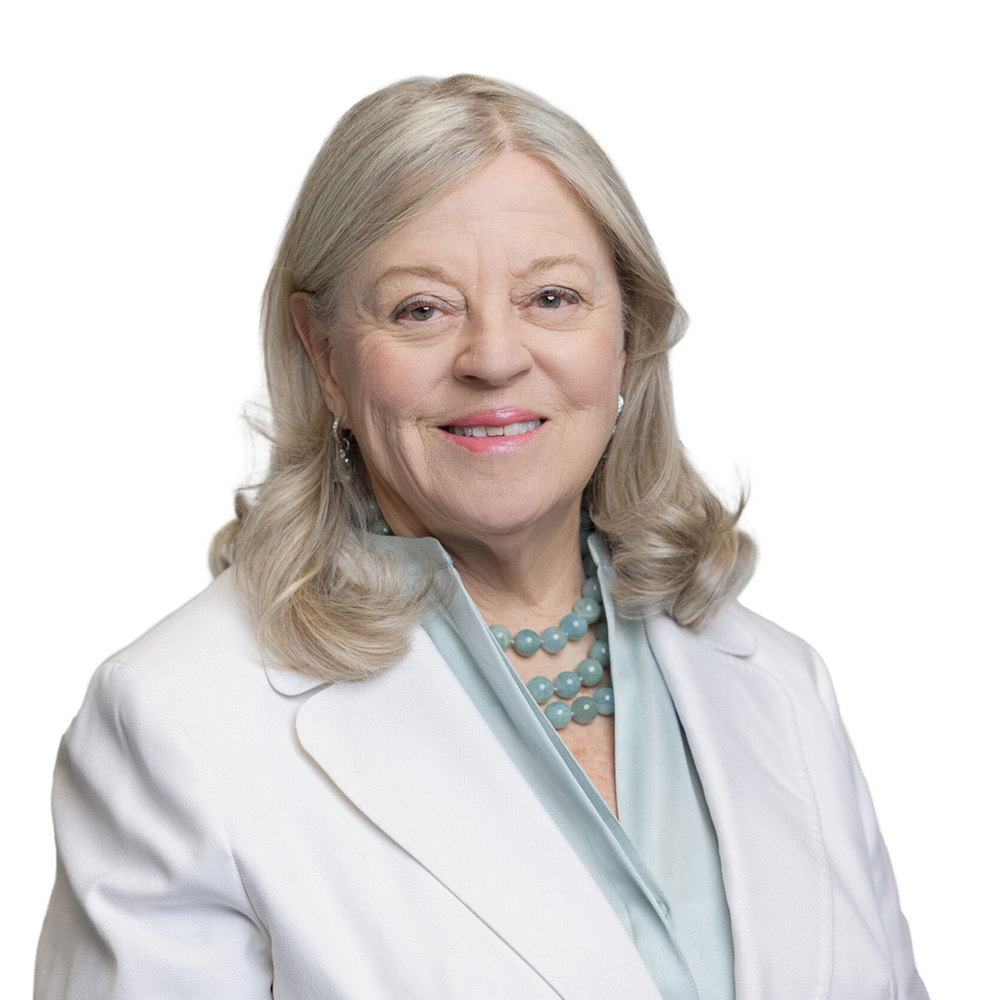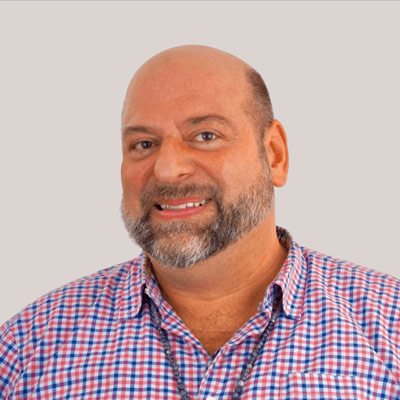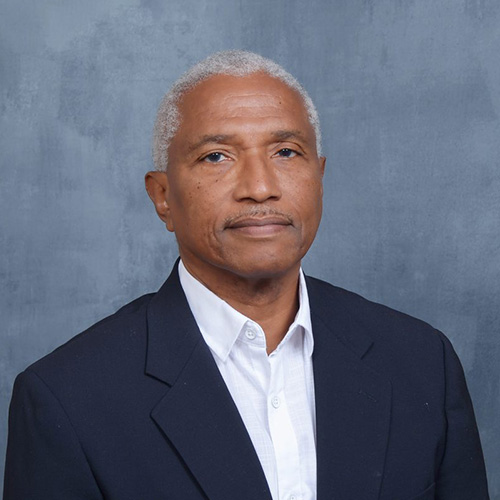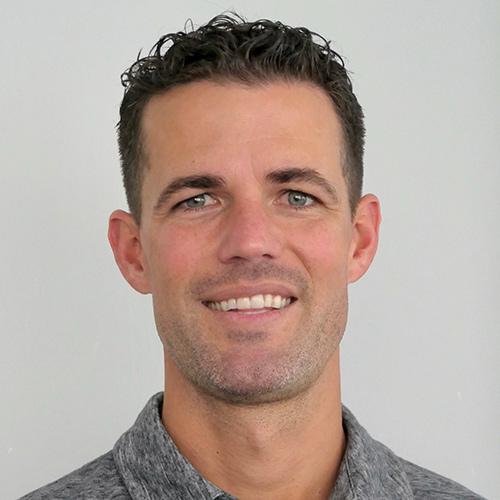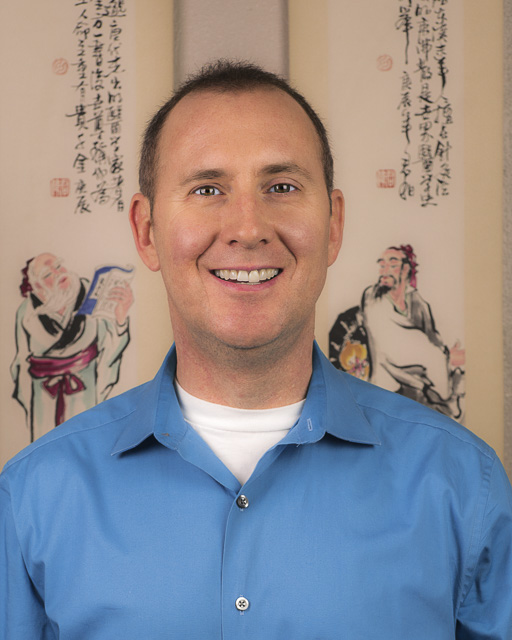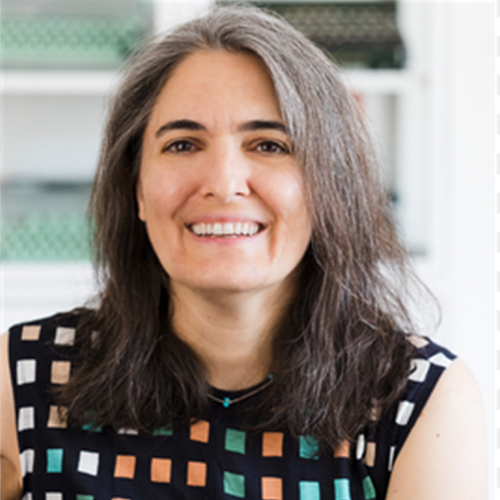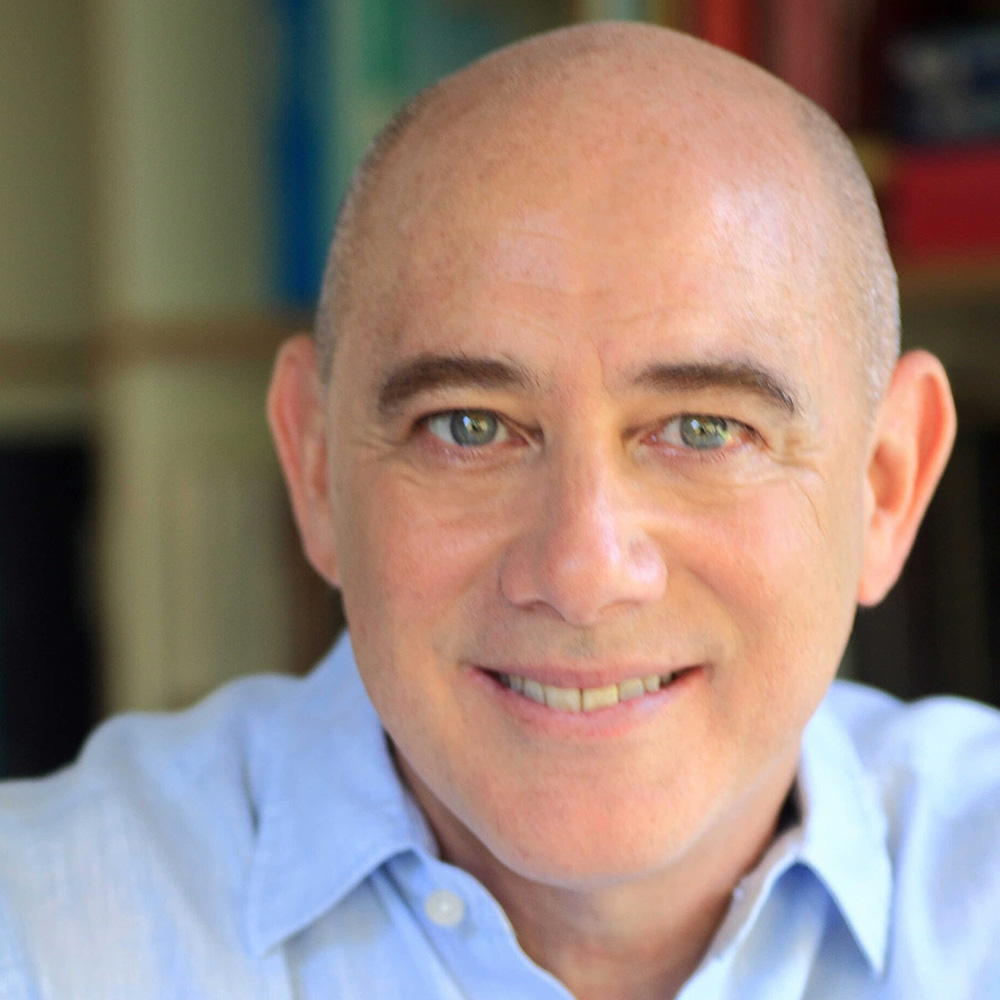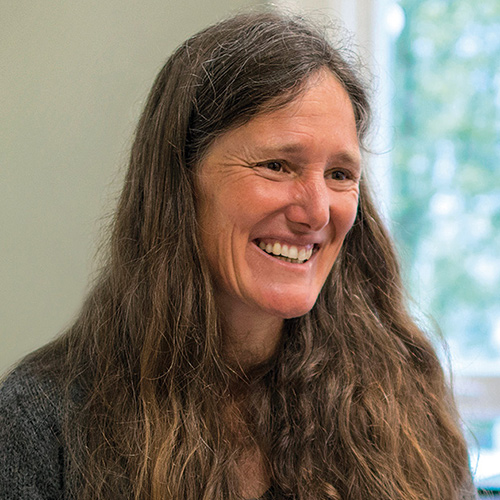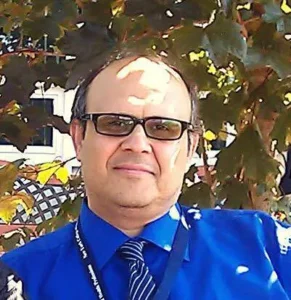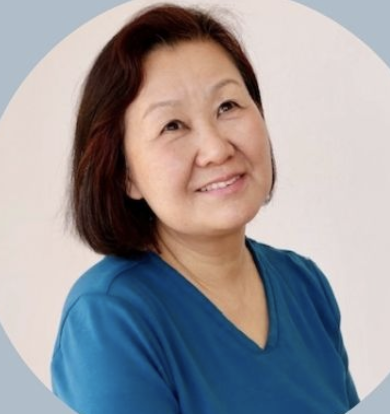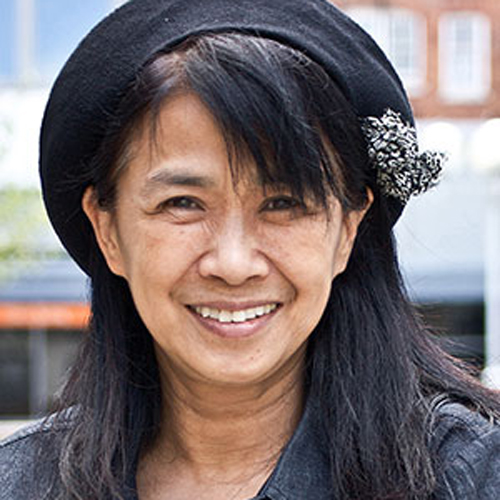Schedule
All sessions are pending approval by NCCAOM and the California Acupuncture Board
The NCCAOM category is listed next to each session name. The conference is not separately approved by the Florida Acupuncture Board. However, Florida may accept NCCAOM-approved courses. Please contact the Florida Acupuncture Board for more information.
Click on the speaker’s name to see their bio. The schedule below is listed in Pacific Time. For Eastern Time, add 3 hours; for Central Time, 2 hours; and for Mountain Time, 1 hour.
* As California limits the total number of eligible qi gong credits to 5 per renewal cycle, the maximum amount of California CEUs that can be obtained at Pacific Symposium is 55.
* Virtual or streaming Symposium schedule and passes coming this summer.
Pre-symposium, Oct. 28-29, 2025 Register Now
09:00 am - 05:00 pm
CEU(s): 14
Acquire the basic skills to apply Yamamoto New Scalp Acupuncture (YNSA) to patients with acute or chronic pain or a neurological disease. Japanese physician Dr. Toshikatsu Yamamoto developed this system in 1973 to treat neurological conditions. It's so effective and immediate in stroke patients with pain or restricted mobility that it has become one of the most frequently used forms of acupuncture, providing not only symptomatic but sometimes curative relief. YNSA comprises basic acupuncture points (somatopes), primarily on the scalp, as well as on other body regions. This is an active learning workshop covering the YNSA macrosystem acupuncture points, how to recognize indications, and practice of acupressure locations of the four different YNSA needling groups.
Pre-symposium, Oct. 29, 2025 Register Now
09:00 am - 05:00 pm
CEU(s): 7
Facial markings can indicate constitutional strengths and tendencies as well as likely future challenges. Recognizing those allows us to tailor the most effective healthy aging and longevity strategy for each patient based on their presentation. This class will explore how to identify jing, jing depletion and preservation, and misuse of jing, as well as the state of the organs and the role of hormones. It will include guided practice to improve observation technique.
Thurs, Oct. 30, 2025 Register Now
07:00 am - 07:50 am
CEU(s): 1
Dao Dan Pai Qigong exercises are a series of standing exercises that harmonize and balance the major energy channels of the body. This series of exercises was first taught in the West by Taoist Master Share K. Lew, a Taoist monk from the Yellow Dragon Temple in the Lo Fo Shan mountains of Guangzhou, China. It integrates movement with breath and posture to activate and balance qi flow.
09:00 am - 09:50 am
CEU(s): 1
When Neil D. Theise, MD, published a study in Scientific Reports describing a network of fluid-filled compartments beneath the skin, the interstitium, as a newly discovered organ, it sparked thousands of news articles, billions of online views, and an ongoing debate among scientists worldwide regarding the implications of his discovery. Covered by The New York Times, The Washington Post, CNN, Nature, Newsweek, Frontiers, and many more, Theise’s conclusions have set off a discussion with potentially far-reaching implications about the understanding of the nature of the human body and human beings. “Everything we know about the body is a reflection of the methods we use to examine it; it’s all interwoven,” according to Theise, who explains that the more modern ability to view tissue at the microscopic level has allowed us to see more than ever before, opening more conversation about the connections between Eastern and Western understandings of physiology.
09:55 am - 10:45 am
CEU(s): 1
Explore the relationship between the vagus nerve and the liver meridian in the context of Yamamoto New Scalp Acupuncture (YNSA). Discover how YNSA diagnosis and point selection can enhance the treatment of disorders related to the vagus nerve and liver meridian by calming the sympathetic nervous system.
11:10 am - 12:00 pm
CEU(s): 1
If you’ve ever had a patient with pneumonia, you may be familiar with the purplish cast of the face that it can cause. Lung pathologies create unique markings and colorations on the face, primarily in the cheek area. We can assess wei qi and the role of grief or chronic stress, both of which impact our immune system, and analyze lung pathologies and immune system dysfunction as they show on the face.
12:15 pm - 01:05 pm
CEU(s): 1
Dao Dan Pai Qigong exercises are a series of standing exercises that harmonize and balance the major energy channels of the body. This series of exercises was first taught in the West by Taoist Master Share K. Lew, a Taoist monk from the Yellow Dragon Temple in the Lo Fo Shan mountains of Guangzhou, China. It integrates movement with breath and posture to activate and balance qi flow.
2:00 pm - 5:00 pm
CEU(s): 3
Explore clinical applications of Yamamoto New Scalp Acupuncture (YNSA) for trauma and post-traumatic stress through an overview of polyvagal syndromes and diagnosis and YNSA protocols that regulate the vagus nerve and the autonomic nervous system. Practice manual techniques that can be taught to patients to regulate the vagus nerve and help them feel more in tune with themselves and their nervous system. These points and protocols have been utilized for veterans in hospital rehabilitation in Israel. This class will NOT be live-streamed.
2:00 pm - 5:00 pm
CEU(s): 3
Neil Theise’s book Notes on Complexity, which Deepak Chopra said “will change the way you understand yourself and the universe,” is a startling introduction to the science of how complex systems behave that explains the interconnectedness of all things. Notes on Complexity encourages us to shift from a narrow, individualistic worldview to one that recognizes the universe as an interconnected, living system greater than the sum of its parts. Neil Theise, drawing on his background as a physician, scientist, and philosopher, explores the frontiers of human knowledge while revitalizing our appreciation of the everyday. His research in liver pathology, which revealed new understandings about interstitial connections in Western physiology, builds bridges between Eastern and Western thought with implications for cross-disciplinary communication and practical applications in medicine and beyond.
2:00 pm - 5:00 pm
CEU(s): 3
Discover the multiple benefits of current for health conditions such as facial pain and Bell's palsy, or how it can be used in exercising facial muscles to improve facial asymmetry and enhance appearance. Examine the differences between TENS (transcutaneous electrical nerve stimulation) and microcurrent. Learn when to use which alone or in combination. This class includes a demonstration and hands-on practice. This class will NOT be live-streamed.
2:00 pm - 5:00 pm
CEU(s): 3
Menopause symptoms affect 70-85% of women. This symptom cluster includes vasomotor disturbances, pain, sleep disruptions, mood alterations, and cognitive impairments. Notably, minoritized menopausal women face disproportionate challenges in healthcare access and support, often experiencing prolonged and more severe symptoms than their White counterparts. Swanson’s work in community-based participatory research (CBPR) offers a promising approach to addressing these disparities, by involving community members in all stages of research and intervention development while working with midlife women to develop and evaluate culturally appropriate interventions for menopausal women from minoritized communities. In this presentation, Dr. Taylor-Swanson will discuss her collaborative work with an interdisciplinary Latina team and American Indian/Alaska Native women, along with the adaptation of MENOGAP, an education and self-management curriculum, to meet the unique needs of these communities, highlighting the potential of CBPR in addressing health inequities among diverse menopausal populations.
2:00 pm - 5:00 pm
CEU(s): 3
Erectile dysfunction, premature ejaculation, and other male sexual dysfunctions are more prevalent now than ever, whether related to side effects from medications, psychological factors, or other physiological patterns in both Eastern and Western medicine. When the core sexual function is compromised, it affects the psyche, and can affect the confidence and sense of self that makes for success in many other areas, from work to personal relationships. The broader challenges facing men in this day and age are enormous and there is very little easily available support. Chinese medicine can help with support and solutions. This class will NOT be live-streamed.
Fri, Oct. 31, 2025 Register Now
07:00 am - 07:50 am
CEU(s): 1
Dao Dan Pai Qigong exercises are a series of standing exercises that harmonize and balance the major energy channels of the body. This series of exercises was first taught in the West by Taoist Master Share K. Lew, a Taoist monk from the Yellow Dragon Temple in the Lo Fo Shan mountains of Guangzhou, China. It integrates movement with breath and posture to activate and balance qi flow.
09:00 am - 09:50 am
CEU(s): 1
Dr. Citkovitz will discuss why and how microsystems are particularly useful in today's clinical practice and introduce the microsystems she uses the most in both private and large-scale community acupuncture work. Included will be specialized use of the Large Intestine channel on the hand and a brief overview of the Zhu scalp acupuncture system for clinical use and home self-care for strikingly effective results.
09:55 am - 10:45 am
CEU(s): 1
Sensitive patients often have serious and conflicting symptoms that can make differential diagnosis difficult, from non-healing sores and vomiting blood to seasonal mania. Navigating interactions with sensitive patients with extreme symptoms can be challenging. They may also respond poorly to acupuncture and herbal remedies, which can prevent or derail forward progress in treatment. With a less-is-more approach, JulieAnn Nugent-Head shares cases studies that illustrate how to identify HSPs (highly sensitive people), design acupuncture and bodywork treatments for them, and prescribe herbs and supplements including clinical gems. She also covers classical formulas that use a Shanghan Lun approach and the do's and don'ts of achieving success.
11:10 am - 12:00 pm
CEU(s): 1
Whether you're an experienced herbalist, or a novice looking to do more than acupuncture for your physical injury patients, this talk can give you the confidence to speedily prescribe simple formulas to accelerate healing. Discover how to quickly differentiate between constitutional temperature and injury temperature, whether to break or consolidate blood, and whether qi needs to be excited or settled to do so. Sound complicated? It's not! Step through a simple, walk-through, flow-chart process to assess and quickly prescribe simple formulas on the fly for your patients. These combinations work better than NSAIDs, speed the healing process, and get your patients actively involved in their own recovery.
12:15 pm - 01:05 pm
CEU(s): 1
Dao Dan Pai Qigong exercises are a series of standing exercises that harmonize and balance the major energy channels of the body. This series of exercises was first taught in the West by Taoist Master Share K. Lew, a Taoist monk from the Yellow Dragon Temple in the Lo Fo Shan mountains of Guangzhou, China. It integrates movement with breath and posture to activate and balance qi flow.
2:00 pm - 5:00 pm
CEU(s): 3
The shen, which resides in the heart, is seen primarily in the eyes, and is related to our ability to be fully conscious, think clearly, and understand our emotions. We need a healthy body for shen to reside comfortably. This class will explore the five spirits and the areas of the face related to imbalance in spirit, where we can discern depression, anxiety, mania, addiction, and obsessive thinking. We will look at the meaning of color changes in these areas and where on the face we can perceive the potential for future issues. We will also discuss spirit and ghost points that can be used to treat these conditions and specific point combinations for treating the various mental illnesses and for healing fragmented spirits.
2:00 pm - 5:00 pm
CEU(s): 3
This course, which fulfills 3 hours of California’s required Law and Ethics continuing education (Category 1), explores the real-world applications of legal and ethical standards in acupuncture practice. Topics the expert panel from the AAC will cover include informed consent, documentation, compliance tips, and professional boundaries. Using malpractice case studies and current regulatory guidance, attendees will learn how to reduce risk and strengthen patient trust. This class will NOT be live-streamed.
2:00 pm - 5:00 pm
CEU(s): 3
Dr. Citkovitz will teach the rapid, effective approach to patient assessment and treatment that she uses in private and large-scale community acupuncture work. Once medical red flags are cleared, a majority of patients can be effectively assessed and needled in minutes, without a table, using a combination of three simple protocols and two microsystems. In microsystem triage, students go beyond red flags to determine which auricular and scalp approaches will make the most change for a given patient. Key auricular protocols will be introduced, along with the patient populations in which Dr. Citkovitz uses them, including Boccino protocol for patients with elevated blood glucose, modified NADA, and Battlefield systems. Dr. Citkovitz will demonstrate and supervise practice on the Zhu scalp acupuncture system for musculoskeletal and visceral pain and dysfunction, including the spine, shoulder, hip, head, and upper/middle/lower burner. This class will NOT be live-streamed.
2:00 pm - 5:00 pm
CEU(s): 3
Sun Simiao, a 7th-century scholar-clinician and alchemist, introduced the concept of odd points, or Ashi points: locations of dysfunction that are not located on official channel pathways. Ashi points can be identified by visual observation and skilled palpation and are crucial in addressing treatment of musculoskeletal injuries. In this lecture, JulieAnn Nugent-Head will introduce the pathology that creates Ashi points, outline the steps necessary to locate them, and demonstrate acupuncture and bodywork techniques to resolve them. This class will NOT be live-streamed.
2:00 pm - 5:00 pm
CEU(s): 3
Treating cysts and fibroids effectively means achieving clarity about why they manifested. Learning to ’see’ the qi and blood of our patients means knowing how to tailor treatment to each patient, then create a cohesive acupuncture and herbal formula strategy to effectively dissolve their cysts or fibroids. This lecture covers the understanding of cysts and fibroids from both Western and Chinese medical perspectives and the most common patterns we will see. Formulas and treatment protocols taken from Andrew's years of clinical experience in China and the West will be included.
Sat, Nov. 1, 2025 Register Now
07:00 am - 07:50 am
CEU(s): 1
Dao Dan Pai Qigong exercises are a series of standing exercises that harmonize and balance the major energy channels of the body. This series of exercises was first taught in the West by Taoist Master Share K. Lew, a Taoist monk from the Yellow Dragon Temple in the Lo Fo Shan mountains of Guangzhou, China. It integrates movement with breath and posture to activate and balance qi flow.
09:00 am - 09:55 am
CEU(s): 1
Extraordinary Vessels support and consolidate our vital qi and substances. A common misconception among modern acupuncturists is that the primary goal of treatment is simply to relax and calm patients who are overworked, overwhelmed, and overstressed. This can result in excessive needling and prolonged retention times, which suppress the symptoms of modern life stress without addressing the root imbalances at the core of real recovery. Whether we’re working with the Yin Qiao and Yang Qiao, the Yang Wei Mai, the Chong Mai ascending the Du Channel in its third trajectory, or the Dai Mai functioning to secure and lift rather than drain and disperse, each of the Extraordinary Vessels has a unique role in clinical practice. They are particularly relevant in addressing patterns like the spleen’s failure to manage blood, sinking spleen qi, and spleen yang deficiency, commonly seen in cases of prolapse, pregnancy, and more.
09:55 am - 10:45 am
CEU(s): 1
What do we have to learn in current times from Muthulu Shakur and Michael Smith’s original seminal writings that can revolutionize the way we treat our clients? Addressing the overarching bio-psycho-social nature of many conditions is as much a concern today as it ever was. Dr. Khensu Carter, Chair of the National Acupuncture Detoxification Association, will share his experience and insights on how to draw on history to proceed.
11:10 am - 12:00 pm
CEU(s): 1
The brain health crisis is here: autism, dementia, anxiety, depression, and post-viral syndromes are surging at unprecedented rates. Allopathic medicine is falling short, and the need for safe, evidence-informed, powerful, natural interventions has never been greater. Acupuncture, Chinese herbal medicine, and laser therapy form a groundbreaking synergistic triad that can enhance neuroplasticity, reduce inflammation, amplify cellular repair, and restore brain function faster and more effectively than any single modality alone. Learn how photoactivation, herbal pharmacology, and acupuncture’s bioelectric influence create a new frontier in patient healing—and how you can integrate this approach to revolutionize your practice and position you at the forefront of preventative healthcare and functional brain healing.
12:15 pm - 01:05 pm
CEU(s): 1
Dao Dan Pai Qigong exercises are a series of standing exercises that harmonize and balance the major energy channels of the body. This series of exercises was first taught in the West by Taoist Master Share K. Lew, a Taoist monk from the Yellow Dragon Temple in the Lo Fo Shan mountains of Guangzhou, China. It integrates movement with breath and posture to activate and balance qi flow. This class will NOT be live-streamed.
2:00 pm - 5:00 pm
CEU(s): 3
For those ready for clinical protocols, this hands-on session will equip you with the exact tools to treat neuroinflammation, cognitive decline, mental health conditions, and post-viral syndromes. You’ll discover how to pair photoactive herbal compounds with specific laser wavelengths to enhance therapeutic effects, how acupuncture unlocks bioelectric conductivity, and how to design customized treatments that restore brain function at an accelerated rate.
2:00 pm - 5:00 pm
CEU(s): 3
Traditionally, the Extraordinary Vessels are considered the most ancient channels, residing within the jing (essence), which can lead to a romanticized view that resists integrating modern tools for access, stimulation, and enhancement. This session will offer an overview of the Extraordinary Vessels and examine how to thoughtfully incorporate electrostimulation, striking a balance between the risk of scattering qi indiscriminately and using it as a focused, strategic tool to amplify the power of these ancient energetic pathways. Particular attention will be given to the Dai Mai and Du Mai, which respond especially well to electrostimulation in cases such as constipation, menorrhagia, and edema of the lower limbs. These presentations often reflect a Dai Mai that is either too lax to hold or too tight to circulate properly, or a Du Mai that must contend with the electromagnetic stress and hyper-adrenal states characteristic of the modern world. The most ancient and the most modern, together, when combined in the right ways, can achieve exciting results.
2:00 pm - 5:00 pm
CEU(s): 3
Join us for a fun and engaging course where you will learn how to read and improve a patient’s shen, a key marker in determining the effectiveness of treatment, through verbal cues and specific acupuncture prescriptions. Examination of facial shen before and after each therapy offers rich insights into a patients' health, prognosis, ming (destiny), and progress. During the intake and treatment process, observation yields valuable information about emotional background, including past traumas, triggers, fears, and faulty beliefs. As a patient's shen brightens with each treatment, or by verbal cues that awaken the patient’s consciousness, we can then educate them about their talents and how to share them with the world. The shen can be elusive; the goal of the course is for participants to develop confidence in reading facial shen and identifying specific facial markers that relate to the patient’s destiny. During the interactive class, you will have the opportunity to read faces and determine shen's measurable change. Several acupuncture point combinations will be discussed in the context of their potential to brighten the shen. The instructor, CT Holman, is a master face reader and long-time student of Lillian Pearl Bridges. This class will NOT be live-streamed.
2:00 pm - 5:00 pm
CEU(s): 3
This workshop will utilize magnetic pellets for hands-on practice of modern Korean hand therapy (KHT), one of the most accessible acupuncture and acupressure tools. KHT achieves great results as a stand-alone therapy or in coordination with full-body acupuncture and other techniques for pain and functional disorders involving digestion, reproductive health, metabolic syndromes, and more. KHT can be employed with 5 Element, body correspondences, micro-meridians, extraordinary vessels, and constitutional factors. Students will map correspondences on the hand, review point location, and practice stimulation techniques for use with clients and themselves. This class will NOT be live-streamed.
2:00 pm - 5:00 pm
CEU(s): 3
This class will include group acupuncture and discussion regarding how to best incorporate elements of the spirit of NADA into a variety of settings and practices. From substance abuse disorders to mental health, general health, and wellness, discover how to operationalize NADA and group acupuncture to best enrich your practice, your community, and your clients’ health and lives--as well as your own. This class will NOT be live-streamed.
Sun, Nov. 2, 2025 Register Now
07:00 am - 07:50 am
CEU(s): 1
Dao Dan Pai Qigong exercises are a series of standing exercises that harmonize and balance the major energy channels of the body. This series of exercises was first taught in the West by Taoist Master Share K. Lew, a Taoist monk from the Yellow Dragon Temple in the Lo Fo Shan mountains of Guangzhou, China. It integrates movement with breath and posture to activate and balance qi flow.
09:00 am - 09:55 am
CEU(s): 1
Unfold, from a Chinese medical perspective, cancer, cancer treatments, and the role of jing. Cancer is a disease defined in Western biomedical terms, yet practitioners of Chinese medicine must gain a better understanding of this condition and how to best serve their oncology patients, including how the impact of jing can be seen on a cellular level. Insight into cancer and cancer development can be understood by a careful observation of jing, the meeting of jing and shen to create life, and constant changes in the jing as part of growth and development. This lecture will focus on diagnosis and the clinical application of acupuncture to support jing. It will include new insights into the role of marrow, extra meridians, toxins in cancer, and modern treatments such as chemotherapy, as well as discussion of case studies and research.
09:55 am - 10:45 am
CEU(s): 1
Yangxiao (Nurturing the Small): Getting Started with Traditional Chinese Pediatrics In this lecture, Dr. Sabine Wilms will explore the concept of preventative medicine or “yangsheng” from the classical Chinese perspective as it relates to pediatrics. On the basis of Sun Simiao’s foundational writings on pediatrics, we shall consider the following questions: How can we use the framework of “yangsheng” (nurturing life) to inform the clinical treatment of children (and their parents) as we support early childhood development; educate pediatric patients and their parents with lifestyle, dietary, and other advice; and inspire our community of family, friends, patients, and colleagues? Ultimately, Dr. Wilms will consider how Chinese medicine, and the treatment of children and families in particular, can contribute to a global paradigm shift wherein the doctor, as a practitioner of “cosmic medicine,” through their work, embodies the traditional Chinese ideal of harmonizing Heaven and Earth by treating not separate individual bodies, but families, communities, and the macrocosm at large, thereby changing the way we exist and act in the world.
11:10 am - 12:00 pm
CEU(s): 1
David M. Hashemipour, MD, LAc, who developed the Advanced Integrative Diagnostic classes for Pacific College’s doctoral program, explores how pain is understood in both biomedicine and East Asian medicine, comparing mechanisms like qi and blood stagnation with nociceptive and neuropathic pain. This class will examine psychometric pain patterns, cold damp bi syndromes, and the role of shen disturbance in chronic pain. Practical strategies combining acupuncture, herbal medicine, nutrition, and mindfulness will be discussed, with clinical examples to illustrate integrative treatment in action.
12:15 pm - 01:05 pm
CEU(s): 1
Dao Dan Pai Qigong exercises are a series of standing exercises that harmonize and balance the major energy channels of the body. This series of exercises was first taught in the West by Taoist Master Share K. Lew, a Taoist monk from the Yellow Dragon Temple in the Lo Fo Shan mountains of Guangzhou, China. It integrates movement with breath and posture to activate and balance qi flow.
2:00 pm - 5:00 pm
CEU(s): 3
Delve into the potent intersection of health, virtue, and healing power that lies at the root of the healer’s efficacy in the spirit of traditional Chinese medicine. Dr. Sabine Wilms, well-known expert on Sun Simiao and author of Healing Virtue-Power: Medical Ethics and the Doctor’s Dao, will discuss Sun Simiao’s writings on this topic, including what is commonly known as the physician’s oath in Chinese medicine. You will not just receive an authentic, academically solid transmission of the traditional Chinese understanding of medical ethics; we aim to open our hearts and let our spirits soar! Together, we shall explore the application of this material in the modern clinical context and in your personal practices, leaving all of us inspired, recharged, and with new-found clarity on why we do what we do on the basis of our deepest aspirations.
2:00 pm - 5:00 pm
CEU(s): 3
In this hands-on workshop, Olympics integrative medicine doctor David M. Hashemipour brings his integrative diagnosis and treatment approach to neck pain and frozen shoulder with tui na protocols developed over years of practice. These techniques combine multiple tui na manipulations in a structured, effective sequence. Participants will gain practical skills in applying these protocols to address common musculoskeletal conditions with confidence and precision. This class will NOT be live-streamed.
2:00 pm - 5:00 pm
CEU(s): 3
Chinese medical lymphatic drainage techniques focusing on appearance enhancement of the face and body can improve circulation and reshape the body post-partum and otherwise. Discover the relationship between Chinese medicine and lymphatic drainage. Demonstration of tools and techniques like gua sha, cupping, and more will be explored. This class will NOT be live-streamed.
2:00 pm - 5:00 pm
CEU(s): 3
Gain insights into the diagnosis and treatment of one of the most widespread forms of human suffering: depression. We will be using psychiatric differential diagnosis of depression from the DSM V & NIH knowledge base, joined with the deep Chinese scientific medical model of body, mind, and shen. When observing depression and its symptoms, it is strikingly apparent that both the root of the suffering and the source for healing can be examined from five types referring to Wu Zhi (five wills), Wu Shen (five spirits) and the five elements. On each meridian are special points that either have shen or tian (heaven) in their name, or have a special influence on the mind and shen. This lecture is a presentation of clinical cases and discussion of special ancient observational techniques for evaluating the shen and understanding the innermost core concerns necessary to uncover the true imbalances that are the cause of the symptoms and signs. Chinese medicine uses the patient's own healing abilities to cure themselves; therefore, the more precise the diagnosis, the more accurate the choice of points that can create this type of transformation--and the better we can enhance patients’ strengths and potential to harness their self-healing capacity and achieve a positive outcome.
Post-Symposium, Nov. 3, 2025 Register Now
09:00 am - 05:00 pm
CEU(s): 7
Are you interested in the deepest teachings of the famous 7th-century medical sage Sun Simiao on personal cultivation and spiritual transformation? This course is for medical practitioners interested in health and longevity practices that start with the physical body but also address the heart and mind, and the shen/spirit, for themselves and their patients. Join Sabine Wilms, PhD, who has been studying, translating, and teaching Sun Simiao’s writings for decades, in this exploration of “yangxing” (nurturing our nature) as a deeper and more powerful aspect of “yangsheng” (nurturing life).
Post-Symposium, Nov. 3-4, 2025 Register Now
09:00 am - 05:00 pm
CEU(s): 14
Tan tien has 3 locations: the lower burner, the upper burner, and the head. Each of these areas has its own characteristics and affects the others. Acupuncture point protocols to release disharmony and pain are specialized in each of the tan tiens. Kiiko Matsumoto will guide acupuncturists through the symptoms, palpation evaluation, and resolutions of chronic pain and disorders in each of the three tan tien, as well as showing the interrelationships between these three traditional areas. Classical and practical knowledge of the kidneys and zong qi will also be illuminated through Kiiko’s insights into the classics.
